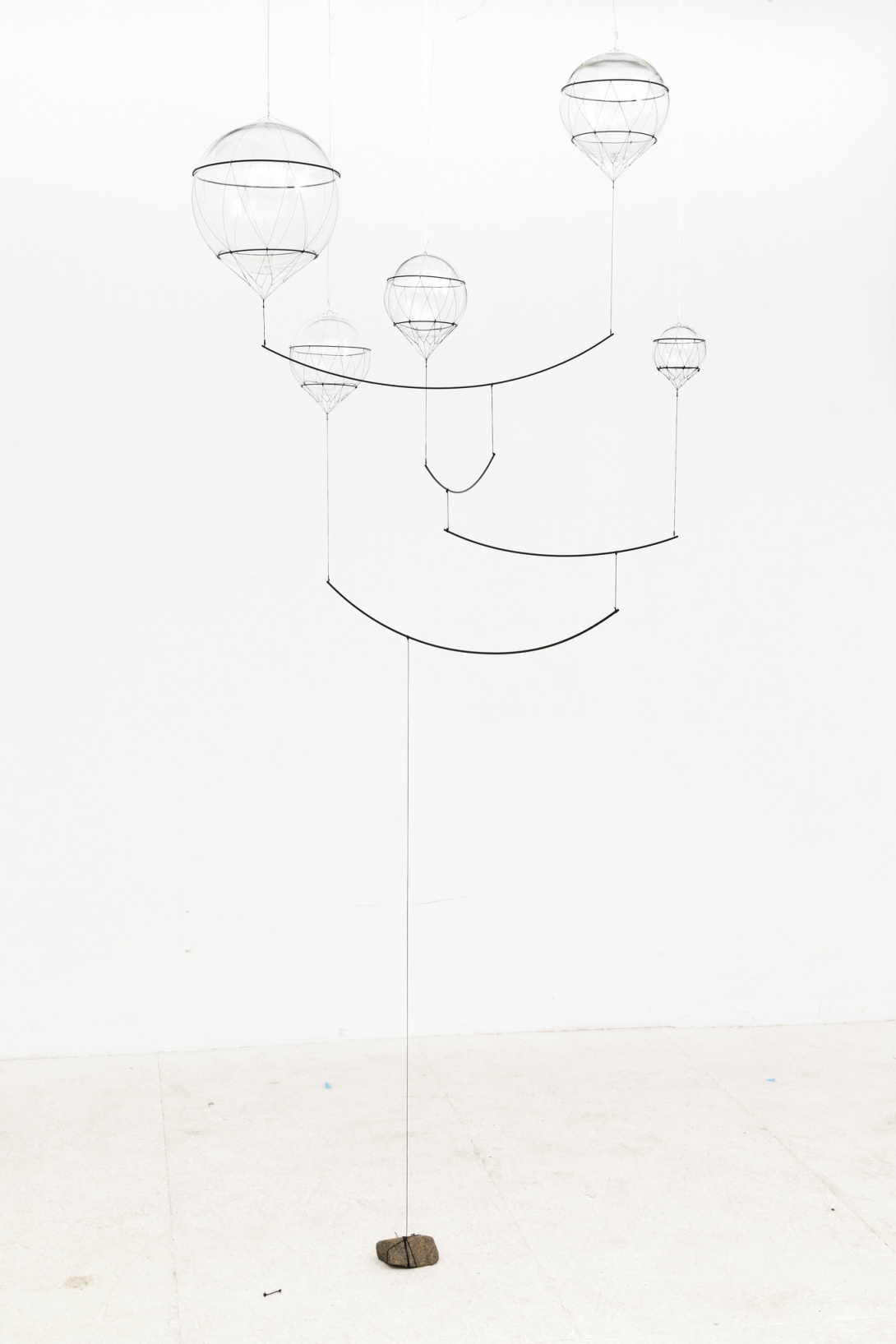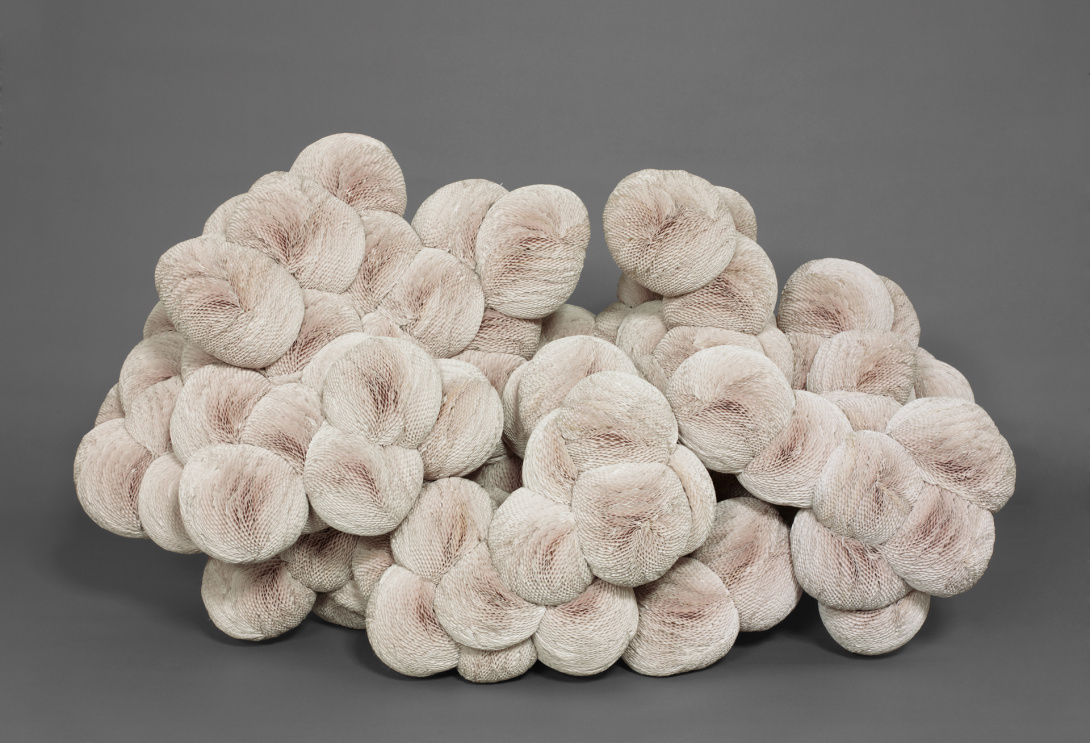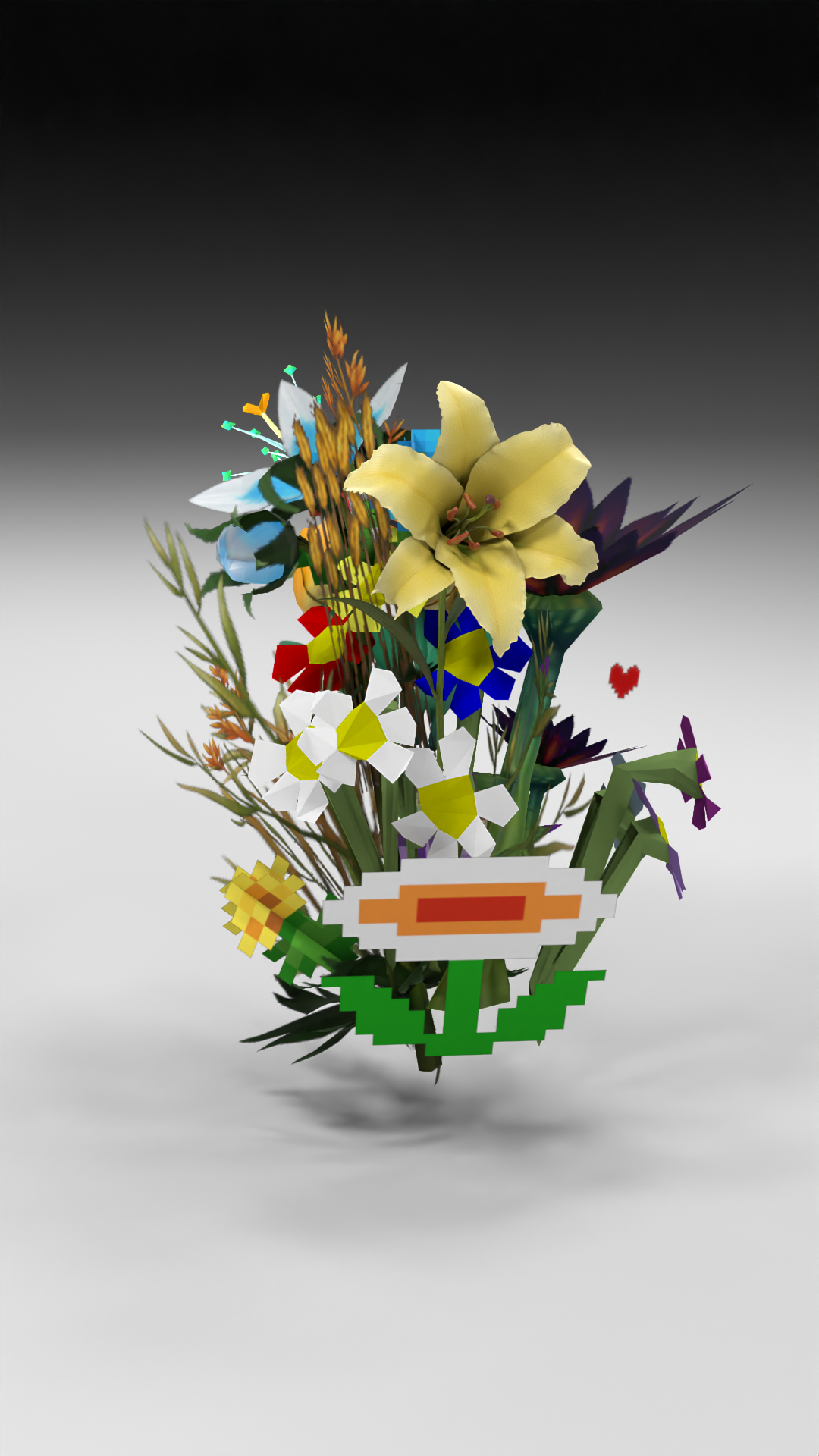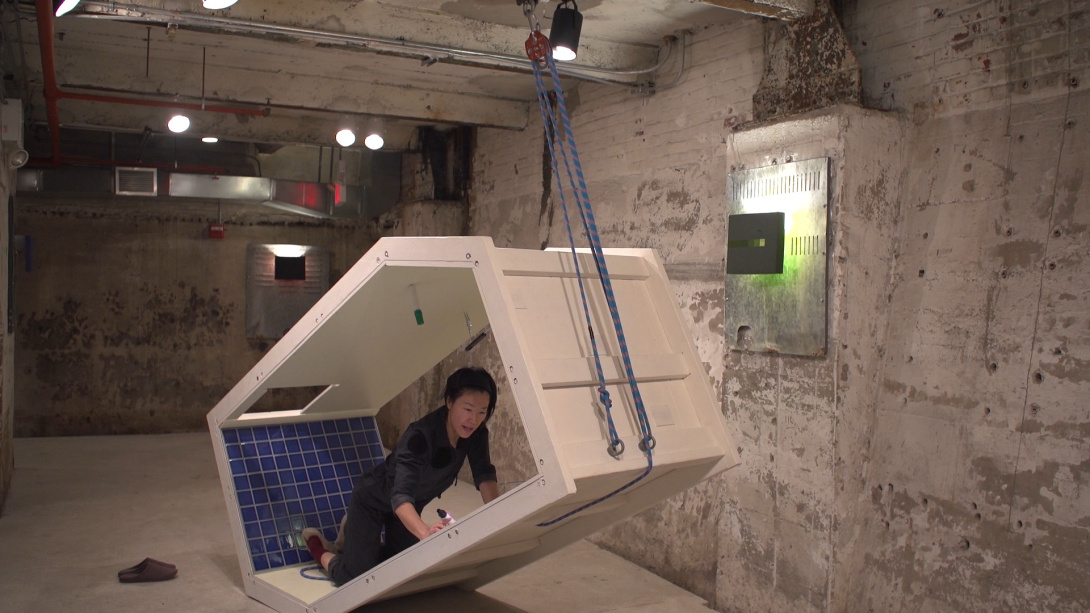From September 6, 2024 through August 3, 2025, the San José Museum of Art (SJMA) will present Still in Motion. By exhibiting the work of four contemporary artists, who have each been awarded the Calder Prize, SJMA honors Alexander Calder’s legacy and demonstrates how it continues to inspire artistic practice today. Organized by Nidhi Gandhi, curatorial and programs associate at SJMA, Still in Motion features artworks by Tara Donovan, Jill Magid, Tomás Saraceno, and Aki Sasamoto. It is presented concurrently with Calder: at home, among friends which highlights the artist’s intimate side through works and small objects that filled his home and were shared with close friends and relatives.
“We are delighted to celebrate Calder and his legacy at SJMA with two new exhibitions. With Calder: at home, among friends, visitors can learn more about his artistic practice and personal connections, and in Still in Motion, they can get a taste of the lasting influence of his legacy. Similar to Calder, the artists in Still in Motion are moving the medium of sculpture forward by challenging its physical and conceptual tenets such as material, form, and balance,” said Nidhi Gandhi, curatorial and programs associate at SJMA.
The four Calder Prize awardees presented in Still in Motion push the limits of sculpture through materials and references that speak uniquely to the contemporary moment.
- In Untitled (Paper Plates) (2005), Tara Donovan transforms aggregations of mundane items, like paper plates and hot glue, into sublime objects that play with perceptual habits and expectations.
- Tomás Saraceno’s Calder Upside Down 28/18/15/12/8 (2018) is directly inspired by the unique balance of Calder’s forms, as the work’s glass orbs seem to float yet are tied down by a rock. With this sculpture, Saraceno questions the role of Modernism and modernity in our current environmental crisis.
- Aki Sasamoto’s performances are stream-of-consciousness explorations of everyday habits. Her movie and diagram from Delicate Cycle (2017) consider the humble life of the dung beetle, which rolls its home and food together in a single mobile unit, to question human relationships with cleanliness and relationships to one another.
- In Hand-hacked Bouquet 1 (from the series “Out-Game Flowers),” (2023), Jill Magid examines digital capital, economy, and authenticity. She creates NFTs (non-fungible tokens) by “hacking” digital flowers that have high-value in various video games. Given out-of-game value as a digital artwork, the bouquets also “hack” our virtual commodity systems.
These two new exhibitions join a roster of solo exhibitions and retrospectives honoring Calder at SJMA, including: Sculpture and Paintings by Alexander Calder (1971), Calder’s Universe (1978), Flying Colors: The Innovation and Artistry of Alexander Calder (1997), and Alexander Calder: Color in Motion (2009).
Calder lived in the Bay Area during his childhood, moving to San Francisco in 1912 and then Berkeley in 1914 with his parents and sister. During that time, Calder attended high school at Lowell High School, San Francisco. The artist retained connections to the Bay Area through his sister Margaret “Peggy” Calder Hayes, who settled in Berkeley after attending University of California, Berkeley, and his nephew Dr. Kenneth Hayes, who moved with his young family to San José in 1958.
ABOUT THE CALDER PRIZE
The Calder Prize honors a contemporary artist whose innovative work reflects the continued legacy of Calder’s genius. It is awarded biennially to an artist who has completed exemplary and innovative early work and who has demonstrated the potential to make a major contribution to the field. Created by the Calder Foundation in collaboration with the Scone Foundation in 2005, the Calder Prize grew out of the success of the Atelier Calder residency program located at Calder’s former studio in Saché, France. For more information visit calder.org/calder-prize/.
SUPPORT
Still in Motion is made possible by the SJMA Exhibitions Fund.
Operations and programs at the San José Museum of Art are made possible by principal support from SJMA’s Board of Trustees, a Cultural Affairs Grant from the City of San José, and the Lipman Family Foundation; by lead support from the Adobe Foundation, Toby and Barry Fernald, Brook Hartzell and Tad Freese, the Richard A. Karp Charitable Foundation, Tammy and Tom Kiely, Kimberly and Patrick Lin, Yvonne and Mike Nevens, the David and Lucile Packard Foundation, the Skyline Foundation, and the SJMA Director's Council and Council of 100; and with significant endowment support from the William Randolph Hearst Foundation and the San José Museum of Art Endowment Fund established by the Knight Foundation at the Silicon Valley Community Foundation.
SAN JOSE MUSEUM OF ART
The San José Museum of Art (SJMA) is a modern and contemporary art museum dedicated to inclusivity, new thinking, and visionary ideas. Founded in 1969 by artists and community leaders, its dynamic exhibitions, collection, and programs resonate with defining characteristics of San José and the Silicon Valley—from its rich diversity to its hallmark innovative ethos. The Museum offers lifelong learning for school children and their educators, multigenerational families, creative adults, university students and faculty, and community groups. SJMA is committed to being a borderless museum, essential to creative life throughout the diverse communities of San José and beyond.
SJMA is located on the Plaza de Cesar Chavez at 110 South Market Street in downtown San José, California. The Museum is open Thursday 4–9pm; Friday 11am–9pm; and Saturday–Sunday 11am–6pm. Admission is $20 for adults, $15 for seniors, and free to members, college students, youth and children ages 17 and under, and school teachers (with valid ID). Admission is free from 6–9pm on the first Friday of every month. For up-to-date information, call 408.271.6840 or visit SanJoseMuseumofArt.org.



